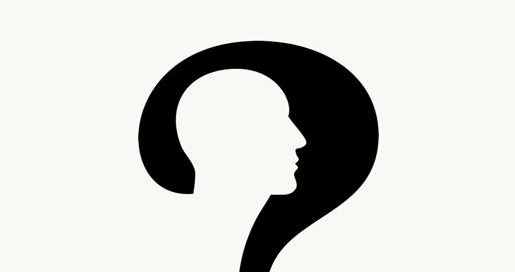The Strange Case of Medical Hypnosis - 2: Attachment, Resistance, and Secondary Gain ($)
Chronic illness can be improved by a program of psychosomatic learning.
To read part 1 of this series, “How the placebo effect implies learning, and learning is hypnotic,” click HERE.
“To a very large extent, men and women are a product of how they define themselves.”
— Jeremy W. Hayward, senior teacher of Shambhala Buddhism
Awareness
We have both conscious and unconscious awareness. Conscious awareness works in conjunction with our reasons and intentions. Our conscious perceptions are those we recognize and remember.
Our unconscious awareness moves on a separate track and has a form of intentionality that feels different in the rare instances when we’re conscious of its effect, but we rarely are. Seen as “the silent observer” our unconscious awareness is said to monitor and express our deeply felt and less readily expressed identity.
Our unconscious awareness reflects our values and sense of self. Rooted in our subconscious, it does not answer to our intellect, but it is not entirely emotional either. One might say that it is pragmatically spiritual in the sense that it's more fundamental.
Most of our thoughts originate in our unconscious awareness. We can’t see how they form, but it’s likely a combination of stimulation, associations, and emotions. The product of these is an idea that emerges fully formed in our conscious awareness. Such an idea might express itself to us in the form of a statement, such as, “This feels right,” or “I am reluctant.”
Since our unconscious awareness cannot be isolated or analyzed, we cannot be sure of its extent. We don’t know if it's tied to our bodily systems or if it's separate from them. It’s possible that unconscious awareness is partly cognitive and partly somatic. That is to say, that it’s partly in our heads and partly in our bodies as extensions of our nervous, endocrine, immune, cardio-vascular, hepatic, and digestive systems.
Our latent fears, hungers, hesitance, and excitements arise from our unconscious awareness. The connection between our two forms of awareness can be loose. We may feel drawn to or repelled by some circumstances without being aware of it. It can take anywhere from minutes to months for clarity to emerge. It may require more thought, recollection, or additional experience.
Behavioural Medicine
There is a vaguely defined field called Behavioural Medicine which roughly refers to anything having to do with the behaviour of people giving, receiving, or experiencing medical situations. It can refer to social, technical, or personal elements pertinent to wellness. Behavioural medicine is a field that has no real boundary.
Behavioural medicine is largely seen as mechanistic. That is, practitioners of behavioural medicine have an allopathic, linear view of medicine as being mechanical rather than regulatory. It is always simpler to ignore what is not obvious, and this seems to be a general philosophy in medicine, but it’s surprising to find this attitude here, where the situation is manifestly nonlinear.
Mechanical conditions involve no thought or intention; regulatory conditions stem from both conscious and unconscious actions. Regulatory problems do not admit mechanical solutions. Even mechanical issues, such as a broken bone, are rarely resolved by mechanical remediation alone.
Half of those practicing behavioural medicine are trained as psychotherapists. Current psychotherapy espouses a naïve, mechanistic approach that does not recognize unconscious awareness. This is largely due to a failure of mistaking relationships for causes. Greater insight is apparent in neurology, where one is more able to see the absence of the links between physiology and symptomatology.
Self-deception
Keep reading with a 7-day free trial
Subscribe to Stream of Subconsciousness to keep reading this post and get 7 days of free access to the full post archives.







